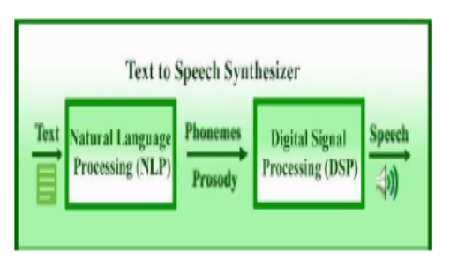


Indian Journal of Science and Technology
Year: 2023, Volume: 16, Issue: 7, Pages: 485-491
Original Article
A Arulprakash1, M Synthiya1, T Vijila1, C Rajabhusanam2*
1Assistant Professor, Department of Computer Science Engineering, Bharath Institute of Higher Education and Research, Chennai, Tamil Nādu, India
2Professor, Department of Computer Science Engineering, Bharath Institute of Higher Education and Research, Chennai, Tamil Nadu, India
*Corresponding Author
Email: [email protected]
Received Date:10 November 2022, Accepted Date:17 January 2023, Published Date:21 February 2023
Objectives: Designing dynamic computer systems that are effective, efficient, simple, and satisfying to use is becoming extremely important in this age of information and communication technology. Text to Speech or Speech Synthesis is one of the many methods being investigated by researchers to improve Human-Computer Interaction. The goal here is to improve the text processing component of the Tamil voice synthesizer by including a text normalizer and loan word identification that is efficient and reliable. Methods: Text normalization is conducted on unconstrained Tamil text to turn non-standard terms into common words to reduce confusing utterances during intermediate word processing. Loan/Native words in Tamil literature are detected to enhance the Tamil voice synthesizer system’s pronunciation model. Findings: During normalization, non-standard Tamil words are replaced with standard ones to reduce ambiguous utterances during interim processing. A pronunciation model is built to improve the Tamil speech synthesizer system by identifying loan words in Tamil text. A syllable classifier is presented in this study, based on a decision list approach, which can handle various types of non-stationary sounds. Novelty: We also disclose a ’loan/native word classifier’ based on multiple linear regressions that perform well even with small words of three syllables. Such sophisticated text processors are required in today’s dominating Digital, Information-Communication Technology, and Human-Computer Interaction age.
Keywords: Mobile Communication Technology; HumanComputer Interaction; Speech Synthesis Affirms; Syllable Classifier; Prerecorded database
© 2023 Arulprakash et al. This is an open-access article distributed under the terms of the Creative Commons Attribution License, which permits unrestricted use, distribution, and reproduction in any medium, provided the original author and source are credited. Published By Indian Society for Education and Environment (iSee)
Subscribe now for latest articles and news.